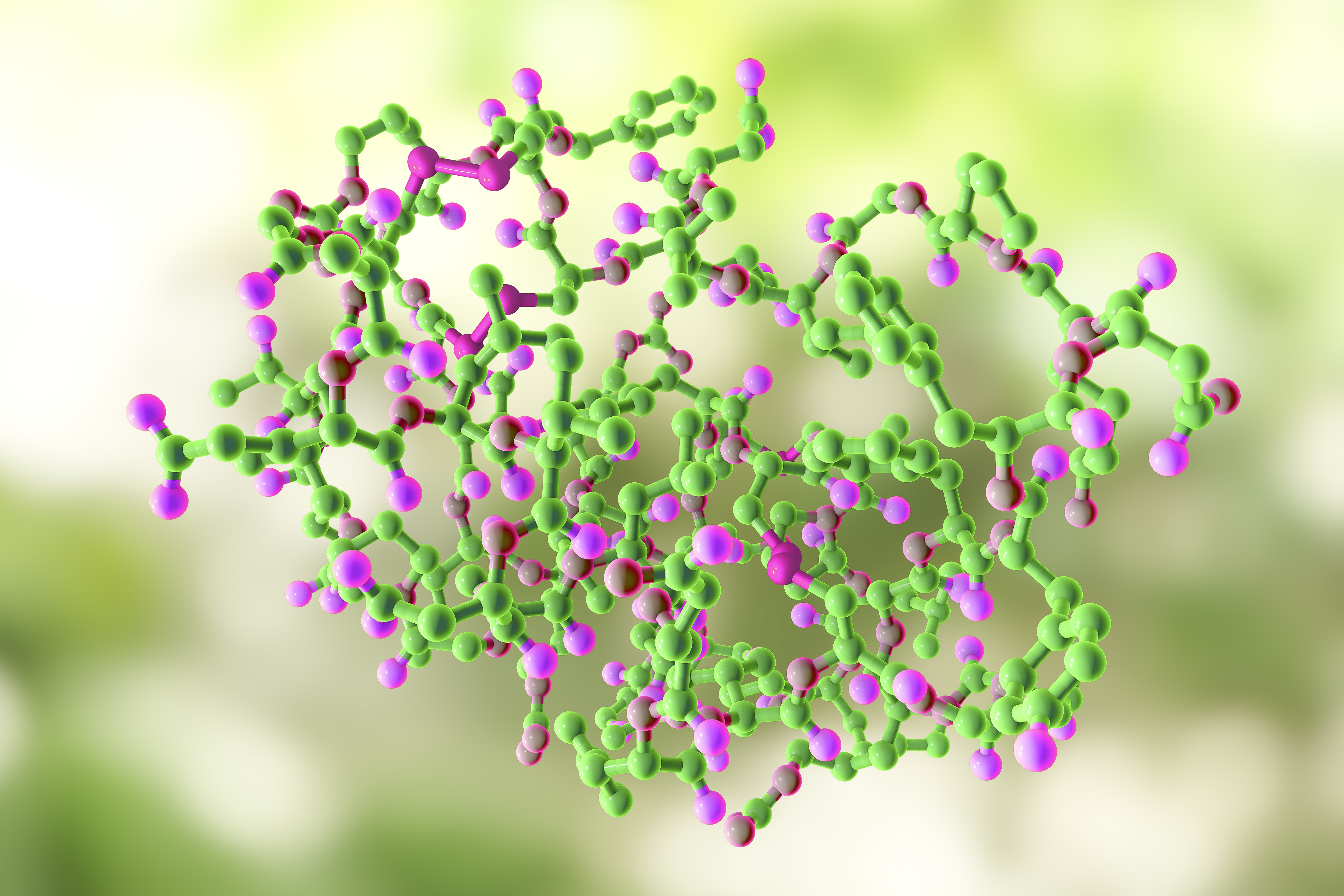Biochemical changes
This category contains information on biochemical changes in schizophrenia. These changes may indicate markers for the disorder and can provide insights into improved drug treatments. Common alterations include changes in levels of serotonin, dopamine, glutamate, cortisol, and synaptic proteins, more infectious agents, and changes to the immune system. Click on the links or the tabs below to access the information, or browse via the drop-down menu on the left.
Image: ©Kateryna_Kon – stock.adobe.com
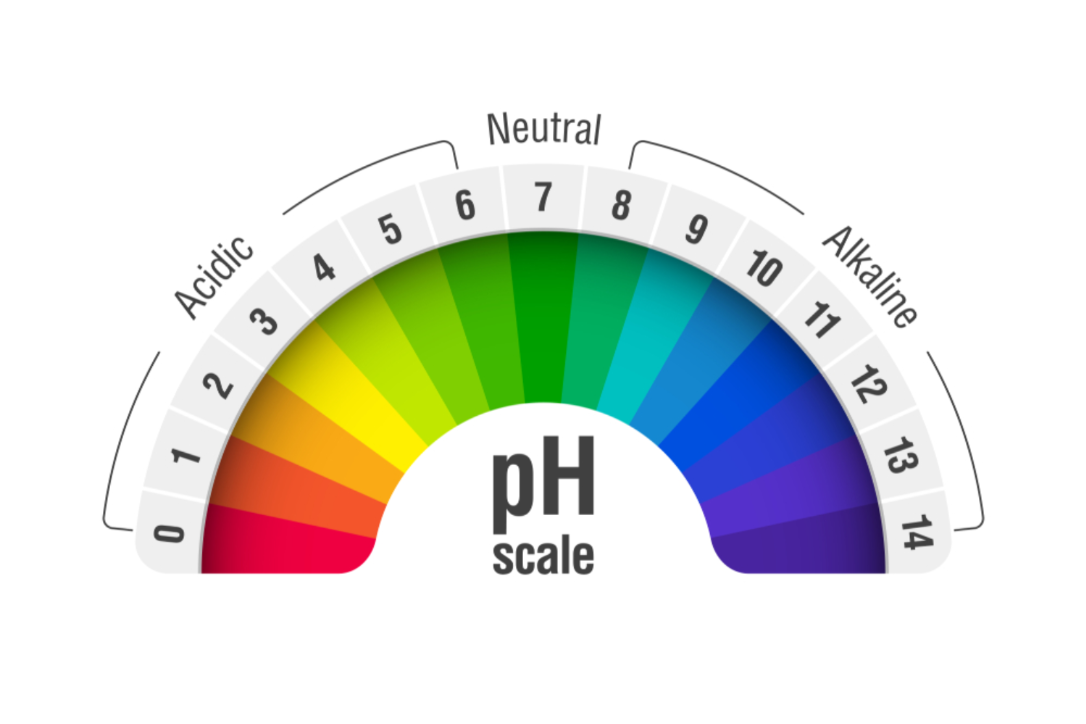
Brain pH and lactate
What is brain pH and lactate? Maintenance of an adequate pH balance in all tissues and organs is important for good health. Decreased levels of brain pH are associated with increased levels of lactate, and vise versa. Lactate is an acidic source of fuel that is constantly generated and consumed in the brain. An imbalance in pH, particularly a shift toward high acidity, is associated with numerous physical and mental disorders. What is the evidence for brain pH and lactate in people with schizophrenia? Moderate quality evidence suggests no significant differences in brain pH between people with schizophrenia and controls….
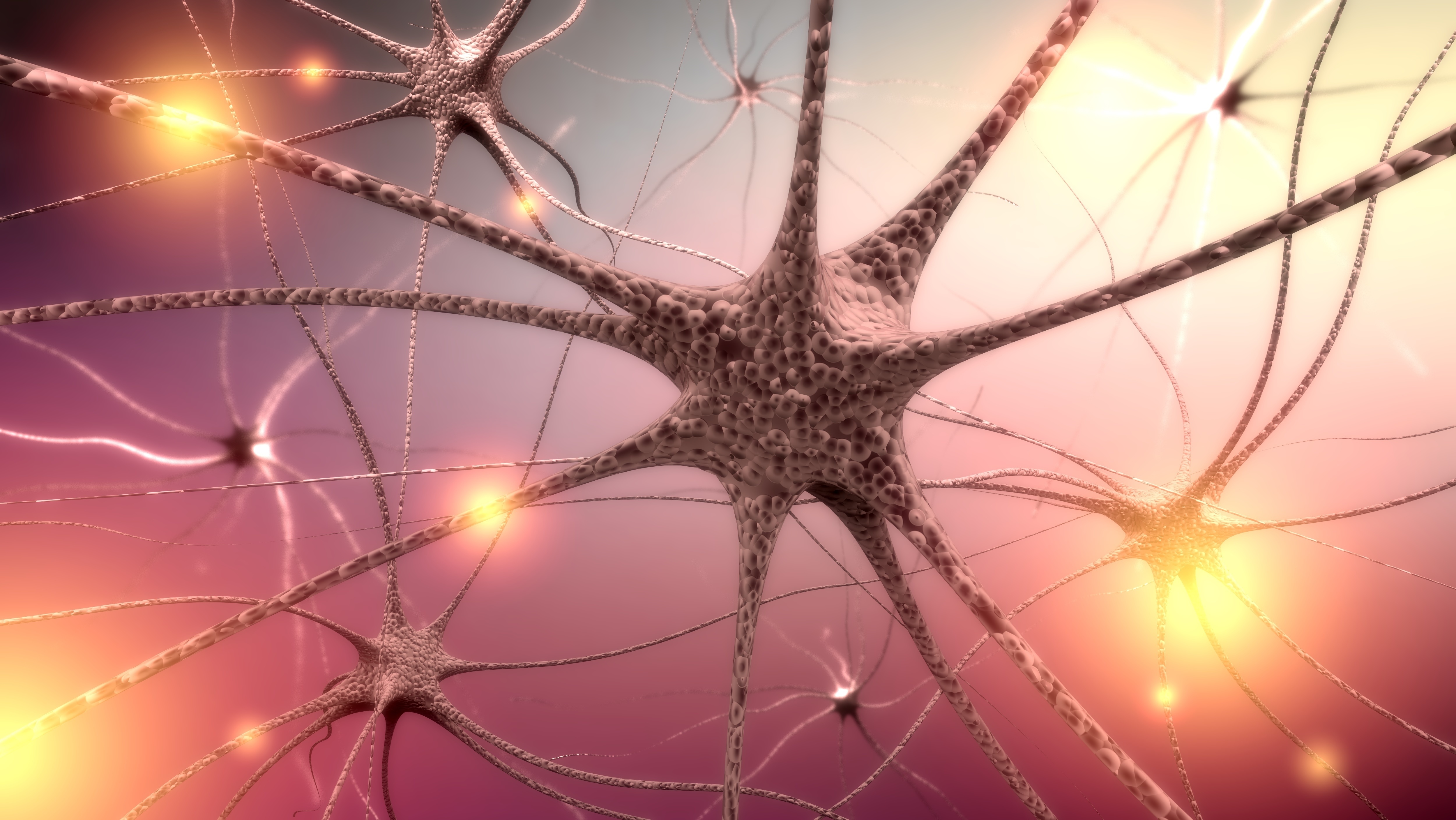
cAMP
We have not found any systematic reviews on this topic that meet our inclusion criteria. Pending enough primary studies, we invite reviews on this topic to be conducted. Alternatively we will endeavour to conduct our own review to fill this gap in the Library. October 2020
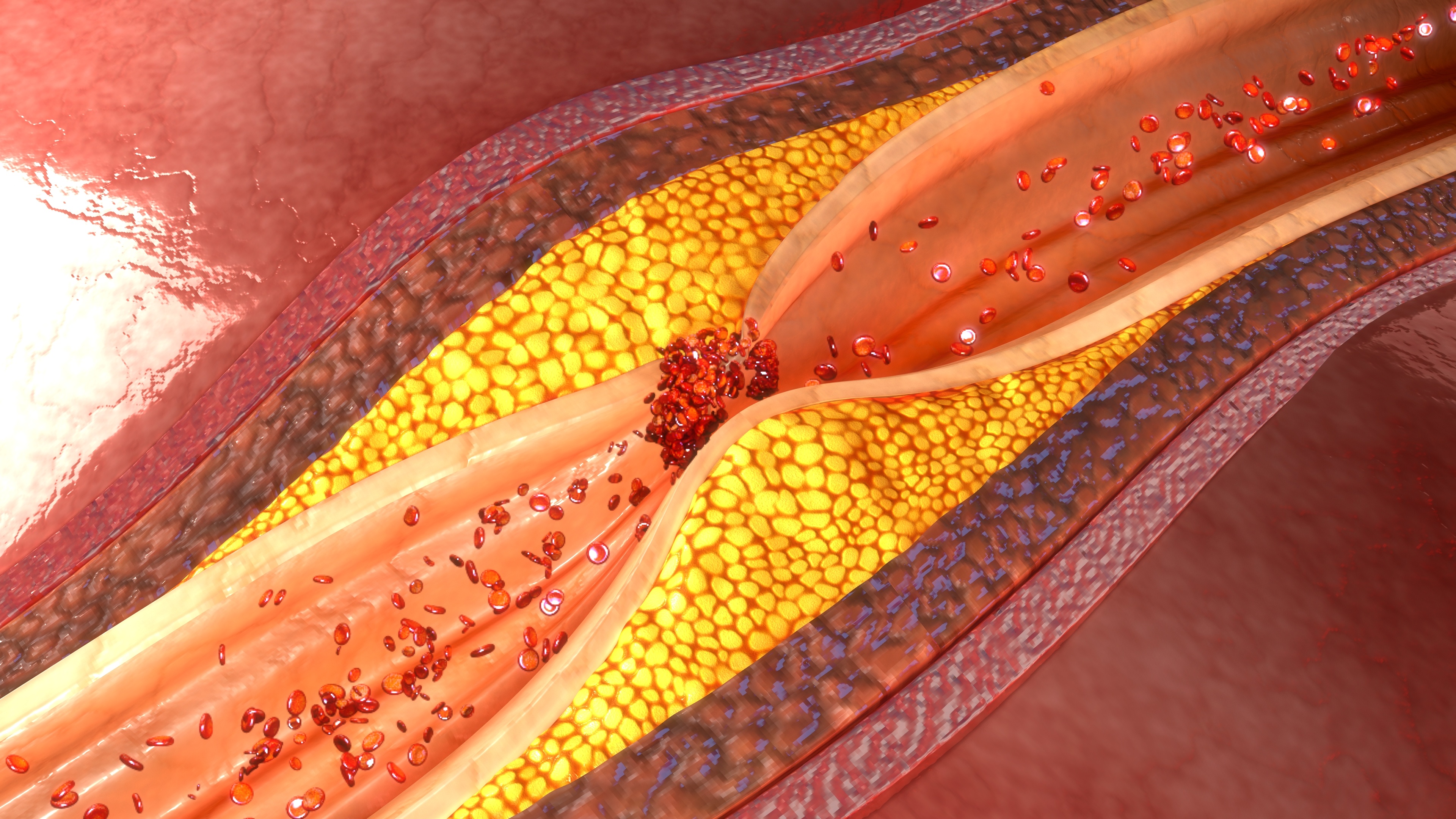
Cholesterol
We have not found any systematic reviews on this topic that meet our inclusion criteria. Pending enough primary studies, we invite reviews on this topic to be conducted. Alternatively we will endeavour to conduct our own review to fill this gap in the Library. October 2020
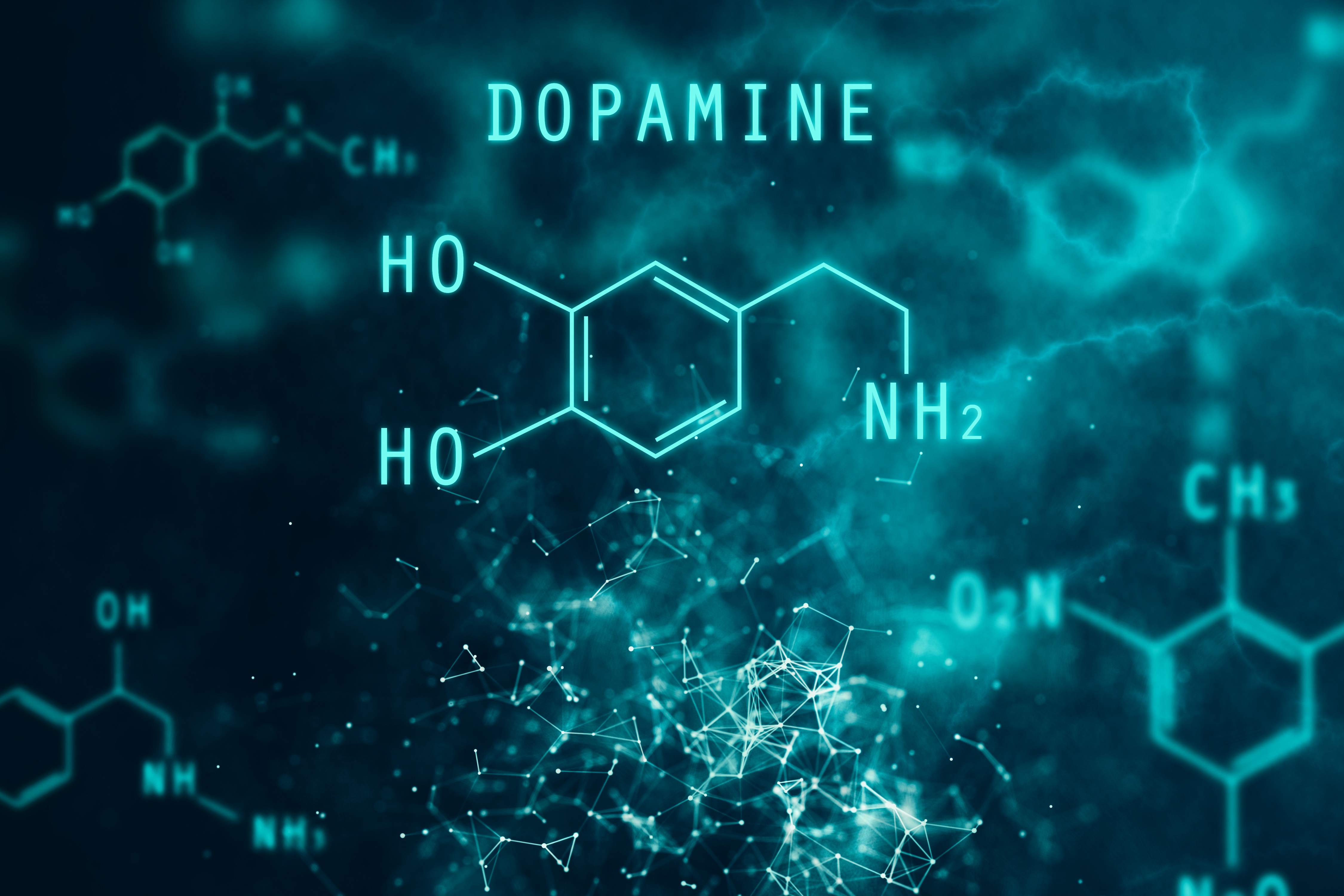
Dopamine
What is dopamine? Dopamine is a neurotransmitter that is important for emotional and cognitive processing in the brain, particularly rewarding and pleasurable stimuli or experiences. Alterations of the dopamine system have been suggested in schizophrenia. This may be assessed as changes in levels of dopamine or its metabolites, or as changes in levels or activity of the mechanical components of the dopamine system, such as the receptors that receive dopamine, or the transporters that remove it. What is the evidence for dopamine? Moderate quality evidence suggests elevated striatal dopamine synthesis and release capacities and increased synaptic dopamine levels in people…
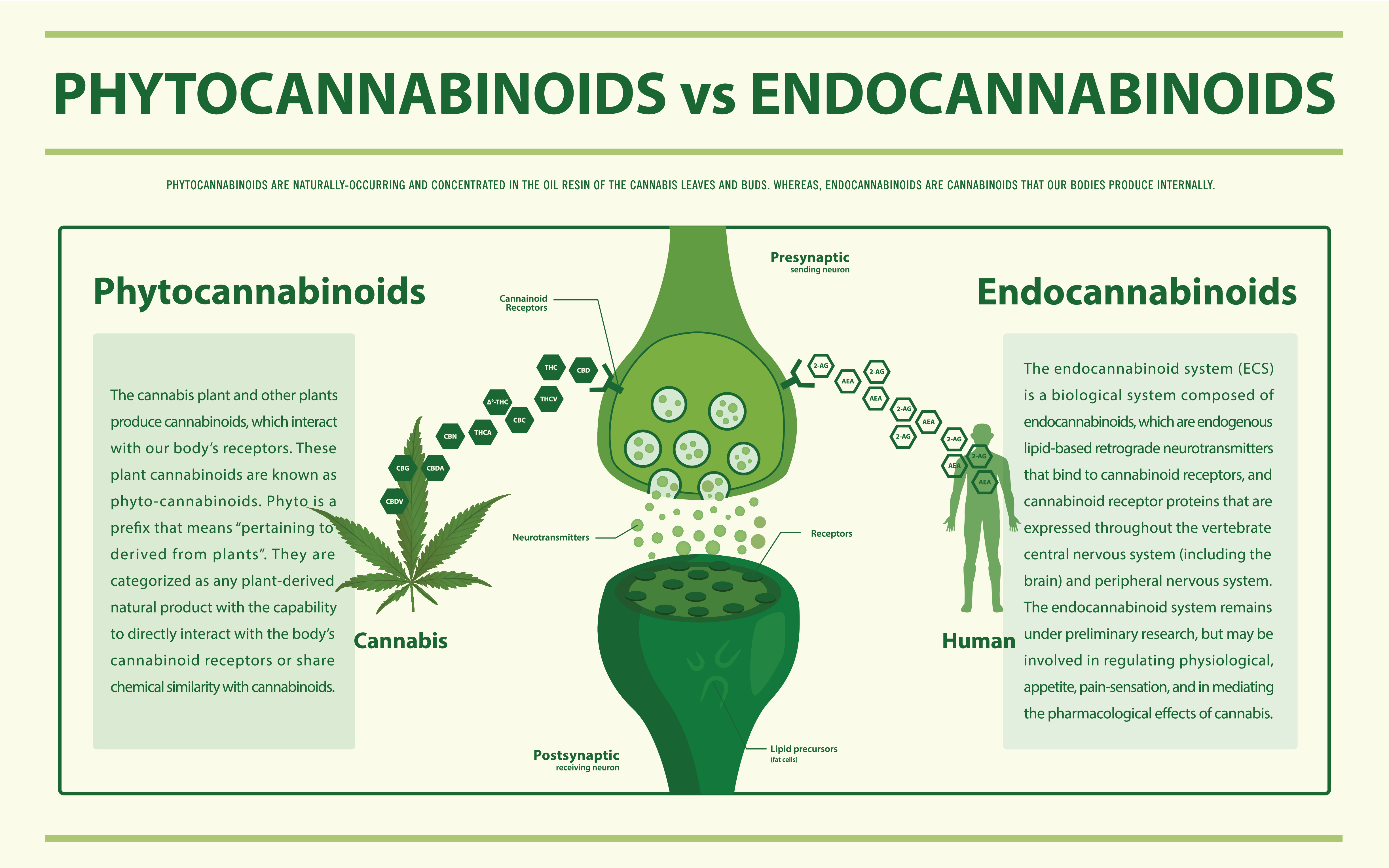
Endocannabinoids
What are endocannabinoids? The endocannabinoid system is an endogenous biological system that regulates functions including cognition, sleep, energy metabolism, and inflammation. It modulates different neurotransmitter systems in the brain, including dopamine, glutamate, and GABA using two major lipid-based mediators, anandamide and arachidonoyl-sn-glycerol, that act through type one and type two cannabinoid receptors. Exogenous cannabinoids, such as delta-9-tetrahydrocannabinol (THC), the main psychoactive components of cannabis, and cannabidiol (CBD), impact on the endocannabinoid system. While disturbance of the endocannabinoid system after cannabis consumption has been associated with increased risk of psychotic illness, CBD alone has shown anti-inflammatory and antipsychotic properties. What is…

GABA
What is GABA? GABA (gamma-aminobutyric acid) is the most important inhibitor of neurotransmitters in the central nervous system and is often dysfunctional in people with mood disorders. It has also been investigated in people with schizophrenia. GABA can be measured via peripheral levels in plasma, via central levels in cerebrospinal fluid, and in brain regions using magnetic resonance spectroscopy (MRS). Possible GABA dysfunction has led to interest in GABA-acting medications as possible adjunctive treatments for schizophrenia, such as baclofen, progabide, and sodium valproate. What is the evidence for GABA? Moderate quality evidence finds no differences in GABA levels in the…

Hormonal changes
What are hormones and how do they relate to schizophrenia? Hormones are chemical messengers secreted by the endocrine glands. Hormones travel through the bloodstream to tissues and organs, and control most of the body’s major systems including heart rate, metabolism, mood, sexual function, and growth and development. Neuroactive steroids, including testosterone, dehydroepiandrosterone and its sulphide ester, are important for brain development as they influence synaptic connectivity and neuronal differentiation. Thyroid hormones also play a role in neurodevelopmental processes, such as differentiation of neural cells, synaptogenesis, and myelination. Prolactin is involved in many biological functions including reproduction, pregnancy and lactation, and…

Hypothalamic-pituitary-adrenal axis
What is the hypothalamic-pituitary-adrenal (HPA) axis? Stress is defined as a threat to the body’s ability to regulate internal processes following exposure to an adverse event. People adapt physiologically and behaviourally in response to stress in order to re-establish internal balance. The biological response to stress is mediated through the HPA axis and the sympathetic nervous system. This is achieved through the release of cortisol and adrenocorticotropin hormone (ACTH). Altered HPA axis activity can result in prolonged exposure to cortisol or ACTH which can be detrimental to physical and psychological health. HPA activity can be measured by basal cortisol and…

Infectious agents
How are infectious agents related to schizophrenia? This topic summarises the available evidence on markers of earlier infection (antibodies) in adults with schizophrenia. Please also see the infectious agents as risk factors topic. The Herpesviridae are a family of viruses which cause latent, recurring, and sometimes lifelong infections. These include Herpes simplex virus (HHV1 & 2) which causes oral and/or genital herpes; the Varicella Zoster Virus (VZV,HHV3) which causes chicken pox, shingles and rarely, encephalitis; the Epstein-Barr Virus (EBV, HHV4) and Cytomegalovirus (CMV, HHV5) which cause neurological complications; and the Herpes lymphotropic virus (HHV6), which causes roseola (skin rash and…

Inflammation and the immune system
What are inflammatory and immunological changes? Inflammation is caused by the immune system’s response to pathogens or tissue damage. Key cells in the innate (immediate) immune response are known as cytokines, including interleukins (IL), interferons (IFN), tumor necrosis factors (TNF), transforming growth factors (TGF), and chemokines. C-reactive proteins, autoantibodies, and lymphocytes are also involved in the immune system response. What is the evidence for inflammatory and immunological changes? For cytokines levels in serum or plasma, moderate to high quality evidence found a large increase in IL-1β, a large decrease in IFN-γ, medium-sized increases in MCP-1, eotaxin-1, and IL-8, and small…

Lipids
What are lipids? Lipids are fundamental membrane constituents that make up as much as 50-60% of the human brain’s weight. The main lipid compounds present in the brain are essential fatty acids (EFAs), which bind largely to glycerophospholipids (GPLs). There are several types of GPLs, which each have distinct EFA composition. In the adult human brain these include phosphomonoesters (PME), such as phosphatidylethanolamine (PtdEtn), phosphatidylcholine (PtdCh, also lecithin), as well as phosphatidylserine (PtdSer) and phosphatidylinositol (PI). Phosphodiester (PDE) compounds include glycerophosphatidylcholine (GPCh) and mobile phospholipids (MP). Phosphomonoesters are precursors in phospholipid membrane synthesis, while phosphodiesters are phospholipid membrane breakdown products….
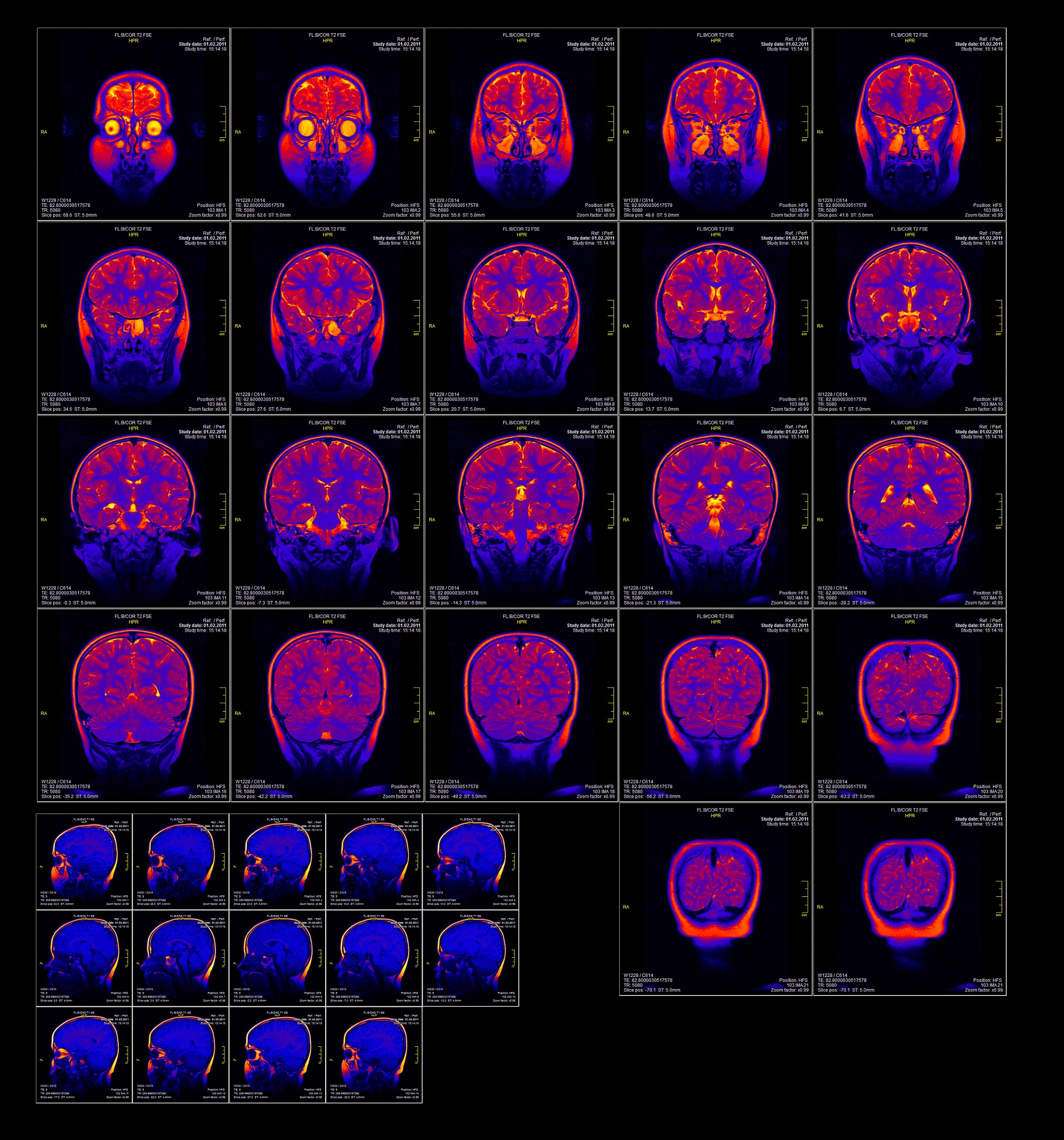
Neurometabolites
What are neurometabolites? Products of normal chemical metabolism may be altered in schizophrenia. Changes in metabolite levels may be indicative of altered biochemical activity. Magnetic resonance spectroscopy (MRS) has been used to measure levels of neurometabolites, such as N-acetylaspartate (NAA), creatine (Cr), and glutamine (Gln). These derivatives are indirect indicators of biochemical activity. Alteration in levels of NAA/Cr is associated with the protective myelin sheath surrounding neurons, which is used as a marker of neural cell viability. Decreased levels of NAA are associated with neuron death, or injury to the part of the neuron that connects to other cells, the…
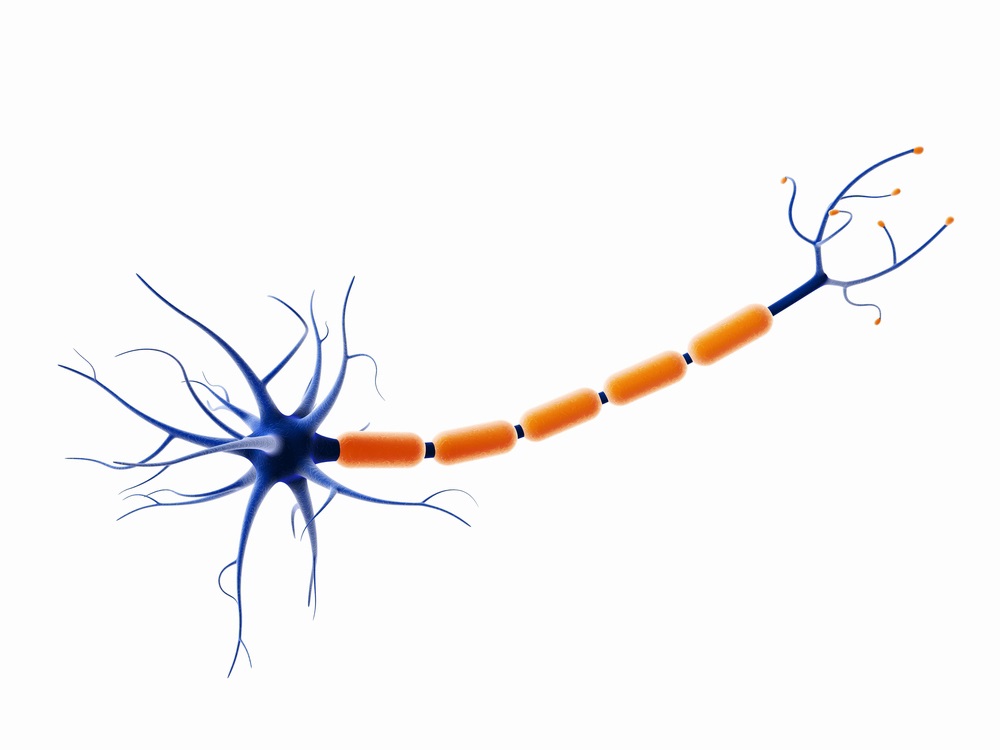
Neurotrophins
What are neurotrophins? Neurotrophins, such as nerve growth factor (NGF) and brain-derived neurotrophic factor (BDNF), regulate neuronal survival and growth during development. Effects of neurotrophins on neuronal transmission in the hippocampus, cortex, cerebellum and basal forebrain are important for learning and memory processes. Reduced neurotrophins may affect synaptic efficiency and connectivity in schizophrenia that is hypothesised to underpin signs and symptoms of the disorder. What is the evidence for neurotrophins? Moderate to high quality evidence suggests reduced blood BDNF levels in people with schizophrenia compared to people without schizophrenia. This result remains regardless of symptom severity, medication dose, age, BMI,…
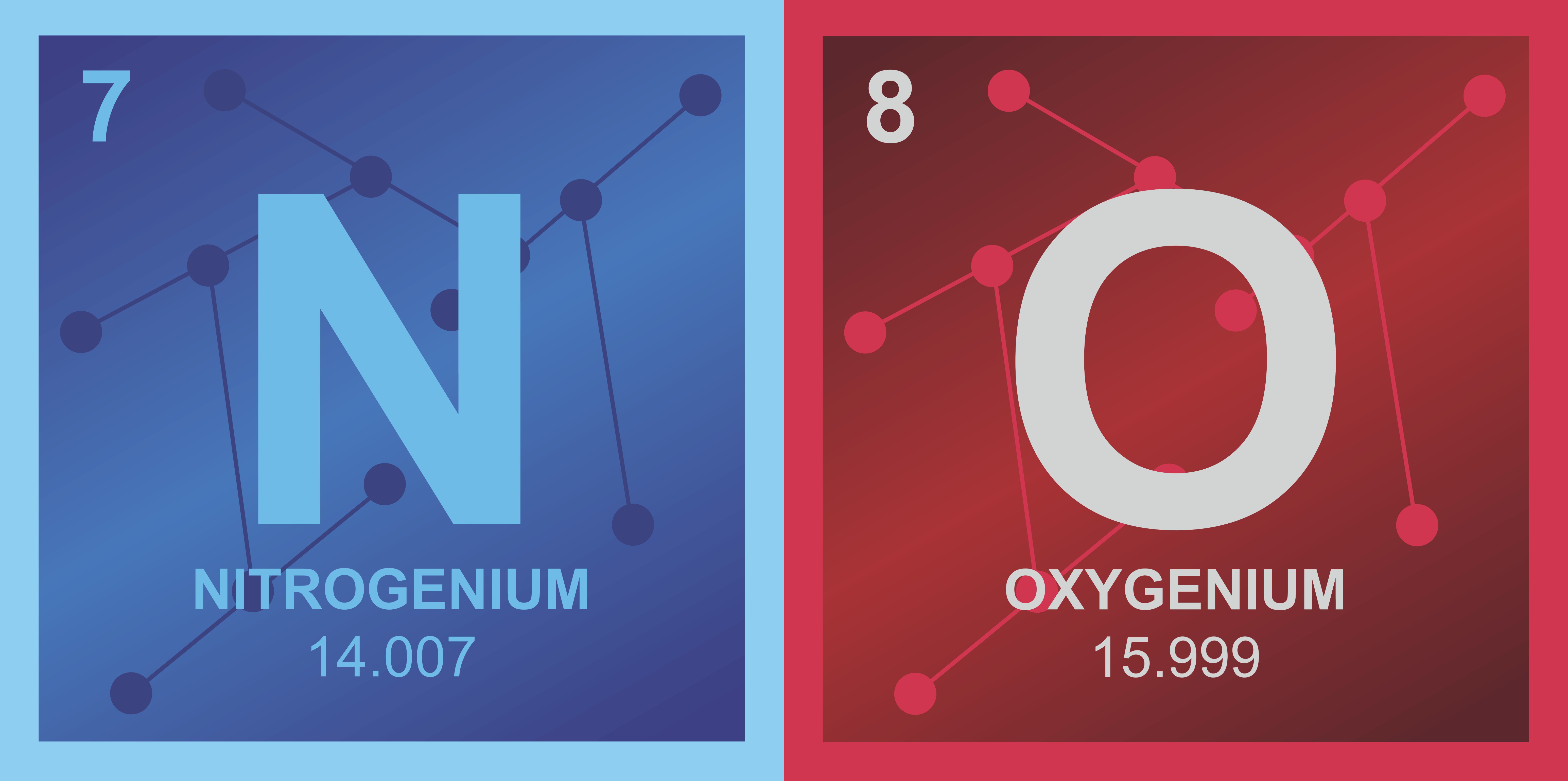
Nitric oxide
What is nitric oxide? Nitric oxide (NO) is a gas that acts as a signalling molecule in the CNS. It mediates cellular communication via cyclic GMP second messenger systems, activating guanylate cyclase, and its actions influence neurotransmitter release, learning and memory systems, and it also plays a key role in neurodevelopment. NO is produced endogenously by the conversion of L-arginine into L-citruline by nitric oxide synthase (NOS) enzyme. There are three NOS isoforms, inducible NOS (iNOS), which is released in response to pathogens, as well as endothelial (eNOS) and neuronal (nNOS), which are expressed constitutively. NO is a highly reactive…

NMDA receptor function
What is NMDA receptor function? Converging evidence suggests that N-methyl-d-aspartate (NMDA) receptor hypofunction may contribute to the expression of schizophrenia. The NMDA receptor consists of several subunits; the NR1 subunits that bind coagonists glycine and d-serine, the NR2 subunits that bind the neurotransmitter glutamate, and the NR3 subunits that bind glycine. The NMDA receptor is activated by binding glutamate and a coagonist. Glutamate is the major excitatory neurotransmitter in the brain and is crucial to normal brain function. In schizophrenia, there may be changes in levels of glutamate and its metabolites, and changes in levels or activity of mechanical components…
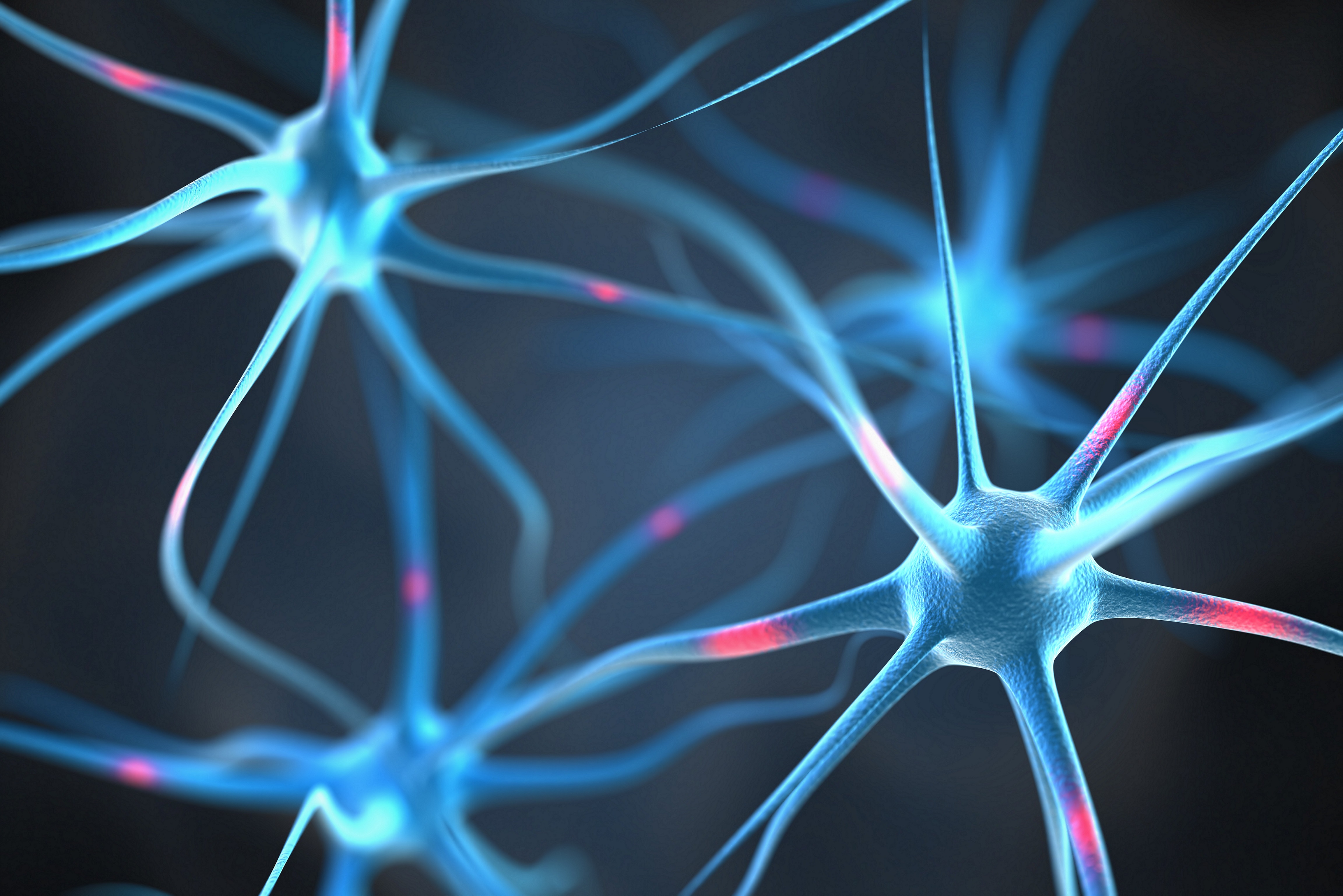
Oxidative stress
What is oxidative stress? While oxygen is a vital component of life, some oxygen-based compounds called free radicals can be toxic due to their highly unstable nature. The key free radical classes are the reactive oxygen species (ROS) and reactive nitrogen species (RNS), and they are formed as by-products of normal metabolism. Under normal conditions, these free radicals are tightly monitored and controlled by stringent protective barriers, such as their rapid removal from cells; and antioxidant enzymes that break them down. At these tightly maintained concentrations, free radicals play an important role in cellular signalling, immune responses and cell growth….
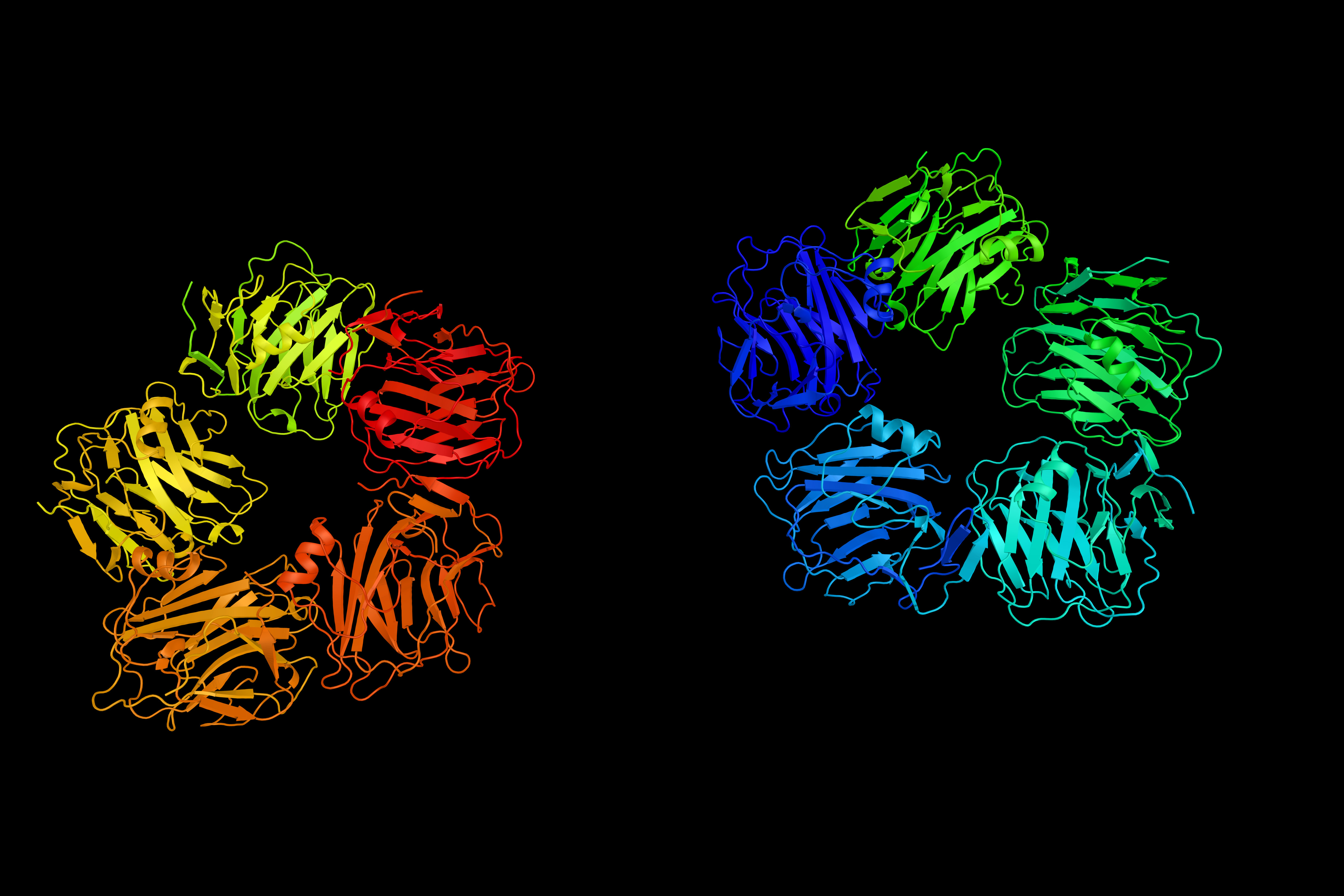
S100 Proteins
What are S100 proteins? S100 proteins are a subgroup of proteins which regulate intracellular processes such as cell growth and motility, cell cycle regulation, transcription and differentiation. They are characterised by two calcium binding sites of the helix-loop-helix conformation, and at least 21 members have been identified so far. S100B is one member of this subgroup that is primarily found in the cytoplasm of astrocytes. It regulates cell shape, energy metabolism, and intracellular signal transduction1. Serum S100B has been used as a marker for CNS damage, particularly in astrocytes, as well as a marker of blood-brain-barrier disruption. Evidence has also…

Serotonin
What is serotonin? Serotonin is a neurotransmitter whose dysregulation may underlie the negative symptoms and high rates of depression seen in people with schizophrenia. Supporting this, selective serotonin reuptake inhibitors have been found to be effective in treating the negative symptoms of the disorder. Furthermore, acute tryptophan depletion, a dietary manipulation that lowers brain serotonin (5-HT) synthesis, has been shown to worsen negative symptoms. What is the evidence on serotonin? Moderate to high quality evidence found a medium-sized effect of elevated prefrontal serotonin 5-HT1A receptors in people with schizophrenia compared to people without schizophrenia. Moderate quality evidence also found a…

Synaptic proteins
What are synaptic proteins? Neurons are capable of generating complex patterns of synaptic interconnectivity which are regulated by proteins that are distributed in subcellular compartments of the synapse. Presynaptic compartment injury (e.g. via direct trauma, neurotoxins, viruses, ischemia, or metabolic disorders) and/or disrupted production of neurotrophic factors, contribute to subsequent degeneration of the postsynaptic compartment. These disruptions can in turn alter protein levels. What is the evidence for synaptic protein dysfunction? Moderate to high quality evidence suggests medium-sized reductions of the synaptic protein synaptophysin in the hippocampus, frontal and cingulate brain regions of people with schizophrenia. No differences between schizophrenia…

Trace elements
What are trace elements? Trace elements are essential to the body’s processes. Some trace elements, such as copper, iron, zinc, chromium, manganese, and selenium can be distributed to the brain and influence neural functions. abnormally low or high levels of these elements are detrimental to the brain’s health and the body’s metabolism. What is the evidence for trace element levels in people with schizophrenia? Moderate to high quality evidence found medium-sized effects of lower levels of iron in people with schizophrenia. This was most apparent in serum, in Asian studies, in drug-naive/drug-free patients, in patients on antipsychotic medications, in inpatients,…
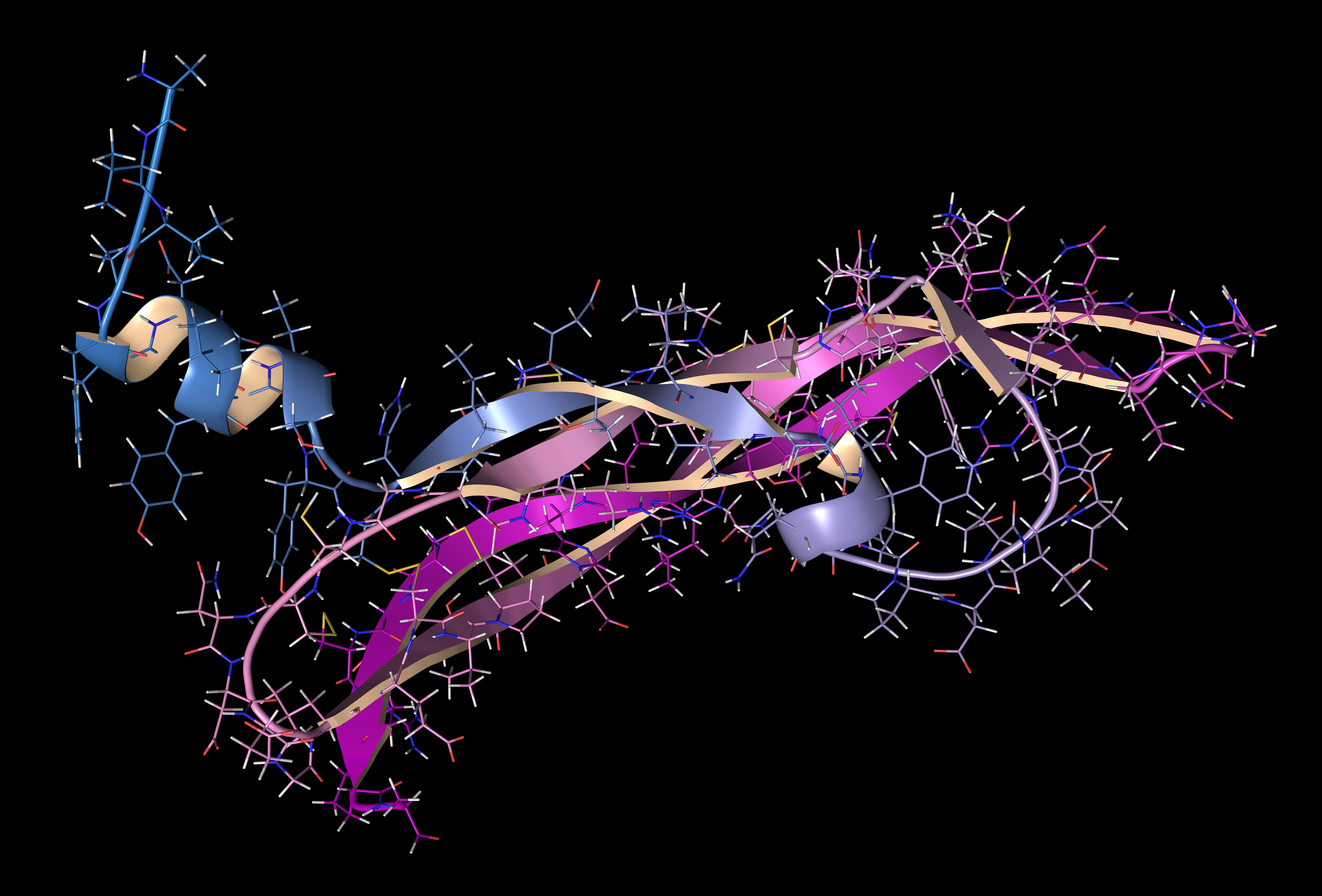
Vascular endothelial growth factor
What is vascular endothelial growth factor? Vascular endothelial growth factor is a signal protein that stimulates blood vessel development and repair. Overexpression of can cause vascular disease, diabetes, and some cancers. It also plays a role in neuroprotection and regeneration of central nervous system cells and stimulates axonal outgrowth and neuronal differentiation. It is involved in neuronal regeneration after brain injury and in the forming of new neurons in the adult brain. What is the evidence for vascular endothelial growth factor levels in people with schizophrenia? Moderate to high quality evidence found higher levels of vascular endothelial growth factor in…

Vitamin B
What is Vitamin B? Vitamin B12, B6 and folate play important roles in the development, maintenance and function of the brain. Vitamin B is important for critical cellular processes such as the synthesis of nucleic acids for DNA, and the metabolism of amino acids and other vitamins. However, any relationship between vitamin B levels and risk of psychiatric disorders remains unclear. What is the evidence for Vitamin B levels in people with schizophrenia? Moderate quality evidence finds decreased blood folate levels in people with schizophrenia, particularly Caucasian and Asian people, and people aged under 50 years. High quality evidence finds…

Vitamin D
What is vitamin D? Vitamin D is a fat soluble vitamin and steroid hormone. It can be ingested through a diet containing fish, eggs, vegetable oils, butter, liver, fortified milk and margarine, or may also be gained through exposure to the sun. Vitamin D has been linked to cell growth and foetal development, and low maternal concentration may adversely impact the developing brain. What is the evidence on vitamin D levels in people with schizophrenia? Moderate to high quality evidence finds a medium-sized effect of more vitamin D deficiency in people with schizophrenia than in people without a mental disorder….
Green - Topic summary is available.
Orange - Topic summary is being compiled.
Red - Topic summary has no current systematic review available.
